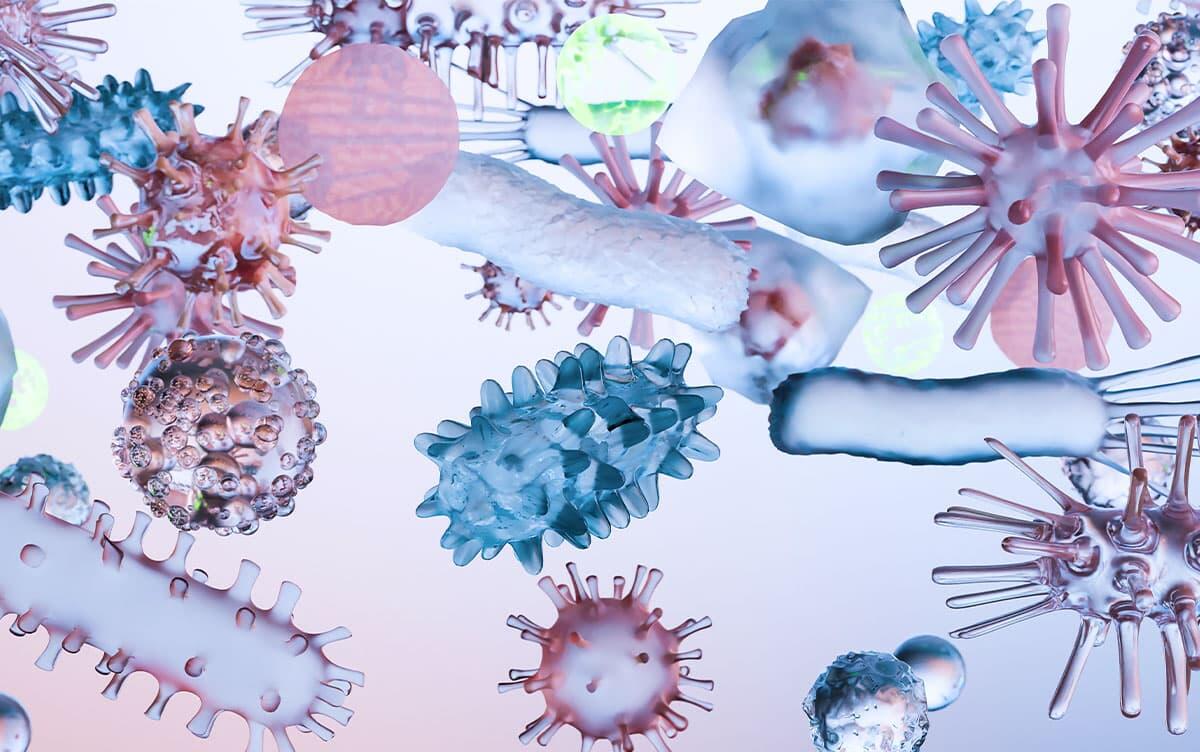Research News
Experimental Mapping of Bacterial Growth Reveals Evolutionary and Ecological Patterns
 Image by ALIOUI Mohammed Elamine7/Shutterstock
Image by ALIOUI Mohammed Elamine7/Shutterstock
Researchers at University of Tsukuba comprehensively profiled the growth of six bacterial species across 195 culture media. They discovered that growth patterns correspond to both evolutionary lineages and biogeographic traits of these bacteria. The findings indicate that even under controlled laboratory conditions, it is possible to mimic natural ecosystems and uncover principles governing evolution and ecology.
Tsukuba, Japan—The team proposed a new approach to reveal ecological niches (positions within ecosystems) and evolutionary relationships in nature through large-scale growth analysis of bacteria in strictly regulated laboratory settings.
The researchers cultured six bacterial species in 195 different nutrient environments (media) and profiled their growth, generating 4,680 quantitative indices based on two parameters: growth rate and population size (maximum abundance). This experimental mapping provided a broad view of bacterial adaptation to diverse trophic environments. The results showed that while each species exhibited a distinct growth pattern, bacteria within the same phylogenetic lineage displayed similar trends. There were also consistent links with ecological traits such as habitat and distribution. Hierarchical clustering based on bacterial growth patterns is closely aligned with classifications derived from genomic information and ecological data from geographical distribution. This strong correlation demonstrates that growth profiles are conserved traits in both evolutionary and ecological contexts. Furthermore, the research highlighted two notable ways nutrients in culture media influence growth: the effects are either "universal" or "species-specific".
The results suggest the feasibility of reproducing natural ecosystems and identifying laws of evolution and ecology through controlled experiments, using bacterial growth as an indicator. This study presents an alternative strategy for uncovering mechanisms of ecological and evolutionary adaptation in microorganisms. It also strengthens the ability to predict microbial adaptation and to refine classification methods with greater accuracy.
###
This work was partially supported by JSPS KAKENHI (25K02259 to BWY) and JST SPRING (JPMJSP2124 to SZ).
Original Paper
- Title of original paper:
- Experimental Mapping of Bacterial Fitness Landscapes Reveals Eco-evolutionary Fingerprints
- Journal:
- Scientific Reports
- DOI:
- 10.1038/s41598-025-17103-0
Correspondence
Associate Professor Bei-Wen Ying
Institute of Life and Environmental Sciences, University of Tsukuba
Related Link
Institute of Life and Environmental Sciences




